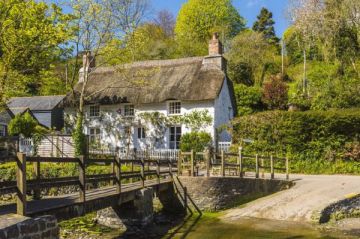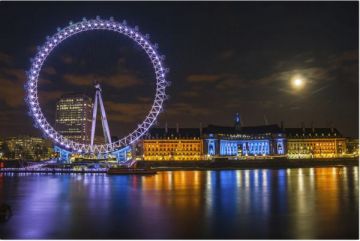Croydon, Surrey.
The site is mentioned in Domesday Book and was owned by the Leigh family from 1447. In about 1770 Barlow Trecothick, lord mayor of London, MP and City merchant, bought the estate. He employed Robert Mylne to design the house, the central portion of the present palace. In 1807 the ecclesiastical commissioners purchased the estate, then 3,500 acres, for the Archbishops of Canterbury.
Archbishops Manners-Sutton, Howley, Summer, Longley, Tait and Benson all lived here. But Frederick Temple, Benson’s successor, decided that the Archbishops could no longer afford to do so. In the face of strong opposition, including the intervention of Queen Victoria, he sold the property and moved to Canterbury.
The estate was bought by Frederick English, a South African diamond merchant. He commissioned Norman Shaw to extend the house and alter its interior. Shaw’s work cost English £70,000. The greatest alteration was the removal of the first floor in the Great Hall.
The estate also has a chapel with pews by Christopher Wren from the Church of the Holy Sepulchre, Holborn. The gardens were redesigned by ‘Capability’ Brown, whose landscaping is now obscured by two golf courses (see golf clubs).
On English’s death in 1909 the palace was sold. In the 1st World War it served as a hospital and between the wars as a country club. In 1951 Croydon Corporation purchased the estate. Leased to the Royal School of Church Music from 1953, in 2005 the palace was privately owned and run as a conference centre and country club.
Excerpted from The London Encyclopaedia by kind permission of the Publishers, Pan MacMillan.



